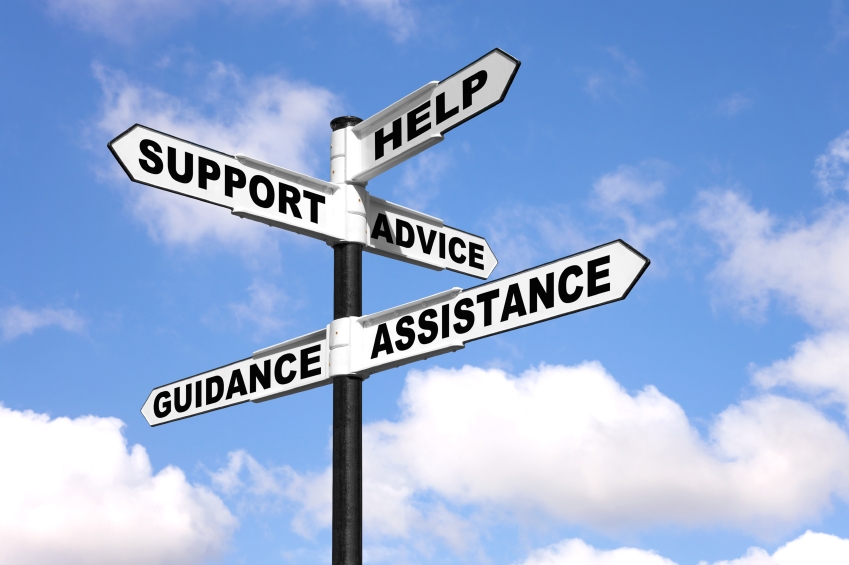— May 16, 2018
Let me ask you a question. “What do you stand for and who would sit for it?” Let me explain a little bit. Last week I was speaking at a conference. Now as a speaker, if it’s my conference, it’s my job to get butts in seats, but in this case, I was one of the guest speakers. They’re hoping you’re going to help draw more people into the audience. Their goal, obviously, is to get as many people as possible.
Today I was working with a coaching client who wrote a blog post and she said, “This is going to be my speech.” I just went, “Whoa. This is you. This is what you stand for. This is unique.”
Let’s blend those two things together. Let’s start off with this: do you know the top five fears people have?
5. Blood and needles
4. Drowning
3. Bugs, and snakes and other animals.
2. Heights. I can agree with that one.
And the number one thing that people are afraid of is public speaking.
Glossophobia

The fear of public speaking is also known as glossophobia. The fear of public speaking is about an anxiety, and usually, this anxiety is the fact that you’re not good enough, that you’re audience is smarter than you, and you’re not going to be good on stage or in front of that audience.
Well, let me tell you something. I’ve spoken way over a thousand times and yes, there is always somebody in the room who is smarter, better-looking, more experienced, richer, and better known than you are. Maybe some of them. Maybe all of them. But here’s the bottom line: they don’t have you. They don’t have your life experience. They don’t have your perspective. Now, I would say I have a leg up on most speakers, because I’ve been a musician since I was 10. I’ve played guitar and sang in front of thousands of people. I’m easily able to translate that feeling into standing up on stage. I get it. It’s comfortable to me. I’m sure most of you have a different feeling about this. But you only have to do one thing. You have to create a unique view that people can relate to and take action upon.
The Platform
Now, let’s look at the word platform. A platform is generally associated with you standing on a stage to talk and/or entertain above the room, where your line of sight is not obstructed. That’s the reason they move you up. The whole thing you’re trying to do is get the full attention of everybody in the room. But by putting you up on a platform, that’s what creates the fear, because you’re alone out there on an island, and people are staring at you. You have their full, undivided attention. There’s nothing else for them to pay attention to. Guess what? It’s true. That’s why most people are freaked out about it. But the bottom line is, you don’t have to be. Let’s look at a couple other platforms.
A platform is not just a place where you’re standing on stage. A platform is also whatever media or medium you choose. You may not be comfortable standing on stage, but maybe you’re really comfortable at writing, or producing art, or making music. For me, it’s podcasting. For others, it’s creating video. Think of social media. Social media is comprised of multiple platforms to be able to present your ideas, your concepts and your thoughts. It’s taking that writing, that art, that music, whatever it is, and sharing it with the world.
Get On Their Level
Now, me personally, I prefer not to be standing on a stage. I prefer to be at ground level where people are sitting and I’m standing. I can move around. I can get into their line of sight. I prefer to be more intimate with them, more one-on-one. The reason is because I want to create a sense of empathy with them. I want them to understand that we’re all flawed in some way. If I spit, cough, sneeze, whatever. I mean, my teeth aren’t perfect, my hair may not be perfect, but what I have control over is the message that I’m presenting. Let’s look at some ways that you can create messages that are going to build your platform to your audience.
Help Them Visualize

The first thing is what I mentioned before. You have a unique take on things. I tend to create metaphors. The last podcast and the last blog that I did was about building a well versus using a faucet. They both provide water, but one you don’t own, and the other one you do. Want to learn more? This Is Why Digging A Well Will Make You More Money Than Buying A Faucet. That metaphor gives people an understanding of what I do. I was very excited when I came up with that, because I think it really enhances their ability to understand.
The second thing you have to do is involve them in the presentation. You have to get them to imagine that they’re part of the story, and the stories that you’re telling are partly theirs as well. It’s not about you. It’s really about them and getting them engaged.
Create Valuable Takeaways

The next thing is, you have to educate them. You have to give them something of value to take away. Whether you’re presenting from the stage, or doing it on a blog, or a podcast or whatever, you have to present new ideas and new ways of looking at things. You have to understand that there really isn’t a whole lot of new in the world. It’s just a matter of how we repackage it, to get people to take action.
Ask yourself this: “What action could I teach them, that would make this time valuable to them and their business?” Then do your best to deliver it. Trust me, it’s an ever-changing and evolving target every time I get up and give a presentation or create a piece of content!
Take Action
The final point is to get them to take action and be accountable. Make sure that what you’re doing is something that people can achieve. In other words, email them, engage with them on social media, encourage them to continue the conversation.
When I was finished with that presentation, we started late, and we were in a real hurry to get the next speaker on. Luckily, I was able to take names from people and get them on an email list to continue those conversations, and hopefully they’ll engage with the email and follow me on social media. The key thing for you is to have a plan for what’s next. How do you continue the conversation?
Final Thoughts

Let me give you some final things to think about.
Number one, don’t stress out, whether it’s standing on a stage, or speaking from a blog, or a podcast, or a video. It’s a platform. Your job is to entertain, inform and educate, but most importantly, you have to be empathetic and empowering.
You have unique gifts, talents, and a unique perspective. But don’t expect anything. Not everybody is going to align or agree with you. You’re going to affect some people in the room. You can’t make anyone do anything, but you can encourage them. Give them your best and try to continue the conversation, so they get to know you, and your thoughts, and what you have to offer better.

Finally, try to help them to become accountable. Continue those conversations, so that you have the opportunity to become a resource to them, and they will look at you as an influencer.
I would love to hear your thoughts on this. Comment below and share your thoughts, ideas or questions about showing the concepts presented. Have you had to overcome any of the presented concepts? What worked and what did not live up to expectations? Do you have any ideas or advice you could share?
Business & Finance Articles on Business 2 Community
(80)









